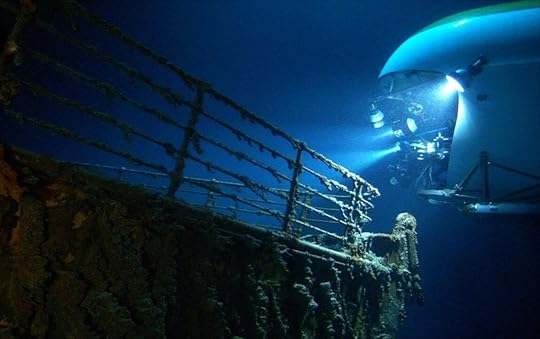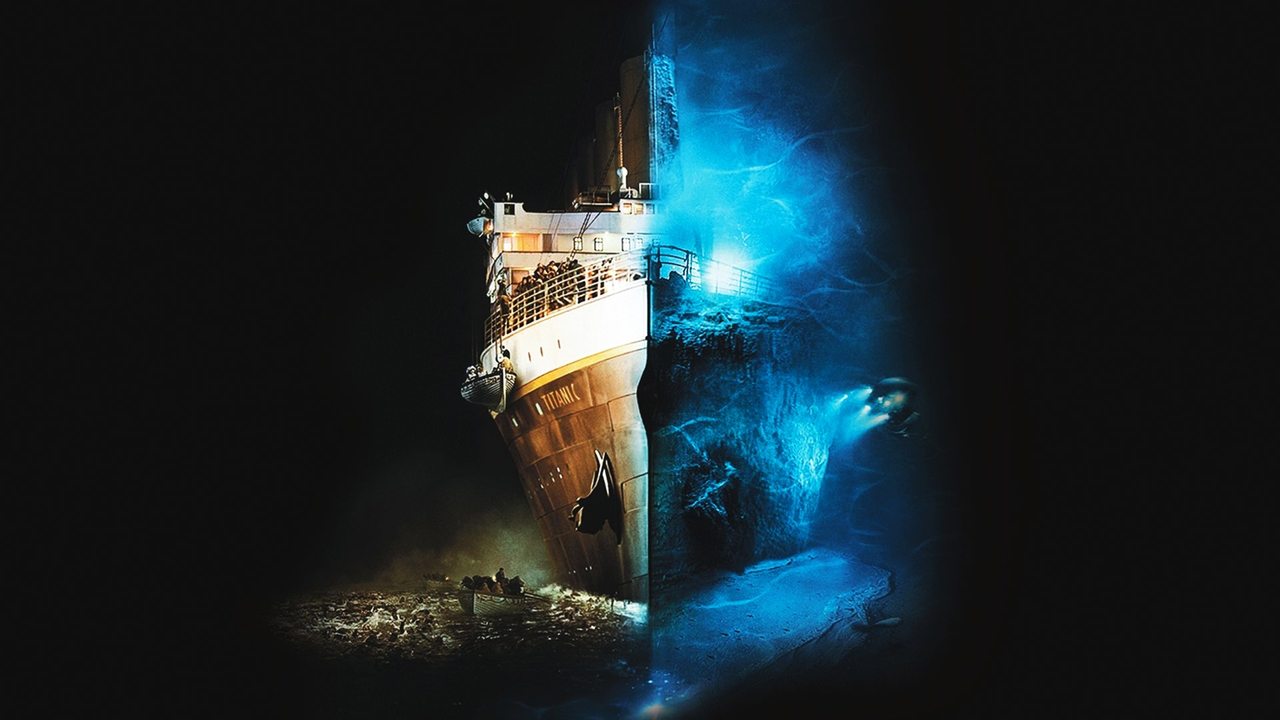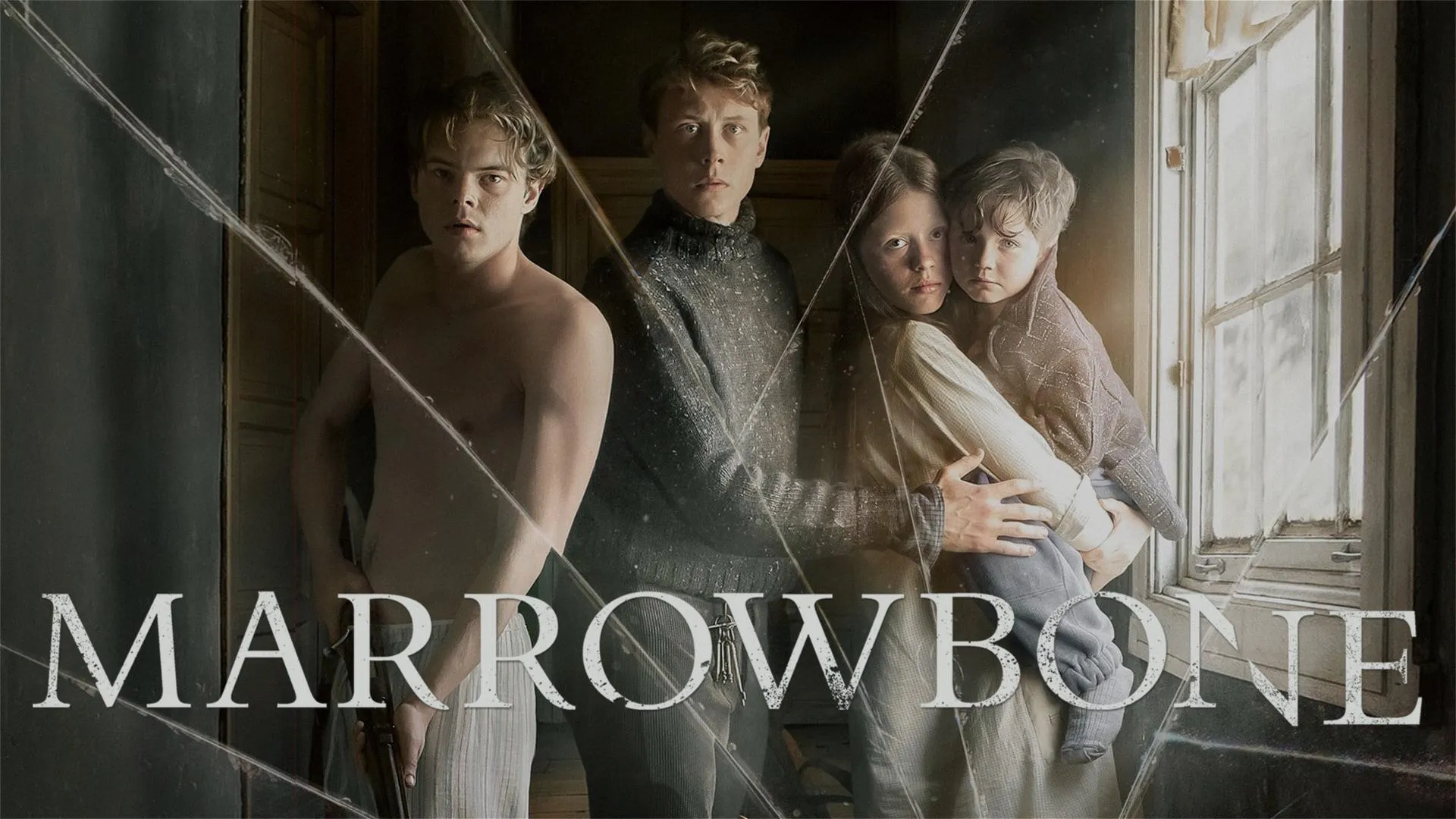“Journey two miles beneath the ocean to uncover secrets frozen in time and steel.”
Dive into a mesmerizing underwater odyssey with Ghosts of the Abyss (2003), the stunning documentary that takes viewers deeper into the wreck of the Titanic than ever before. Directed by James Cameron, this 3D IMAX adventure blends cutting-edge technology with haunting beauty to explore one of the world’s most iconic maritime disasters.
Following the monumental success of Titanic (1997), James Cameron returns to his lifelong obsession, this time with a scientific mission. Accompanied by actor Bill Paxton and a team of marine experts, Cameron embarks on an expedition to the actual wreck site, using specially designed submersibles and robotic cameras to navigate the ghostly corridors of the sunken ship.

Ghosts of the Abyss captivates not only with its breathtaking visuals but also its deeply emotional resonance. As cameras glide through rusted hallways and eerily intact rooms, the film overlays images and digital reconstructions, transporting audiences back to 1912. It’s a poignant reminder that behind the steel and rivets were real lives—and real tragedies.
Yet the documentary is also a testament to human curiosity and technological triumph. Cameron’s team overcomes enormous challenges: pitch-black waters, crushing depths, and fragile structures threatening to collapse at any moment. Their determination transforms a historical relic into a living time capsule, preserving stories otherwise lost to the deep.

While Ghosts of the Abyss dazzles visually, its power lies in how it connects past and present. Through Bill Paxton’s narration, the film balances wonder with solemn reflection, reminding us that the Titanic is more than a shipwreck—it’s a monument to human hope and hubris.
-1752138282-q80.webp)


